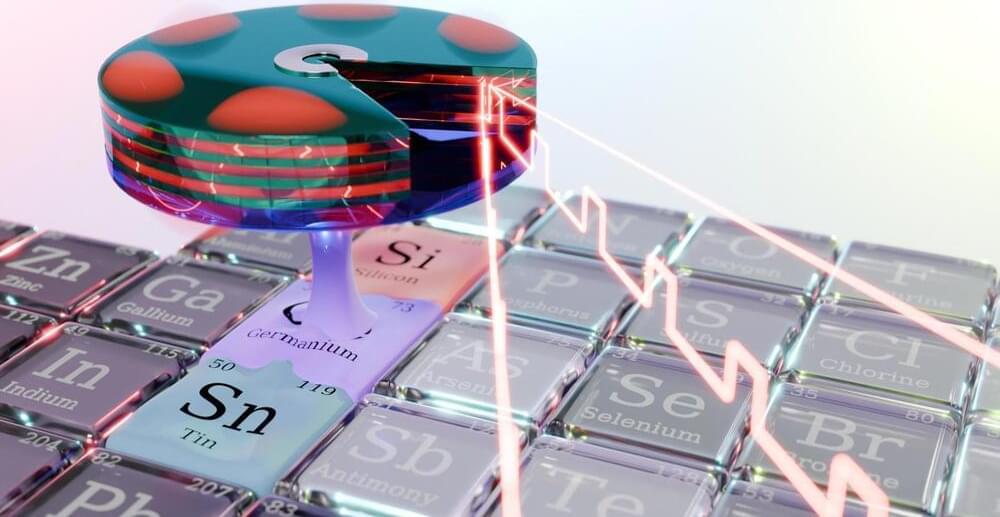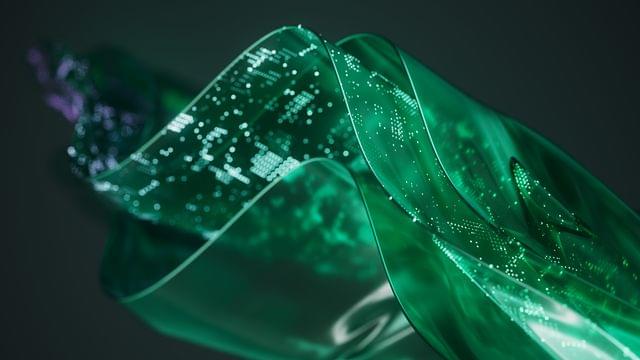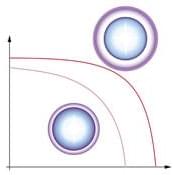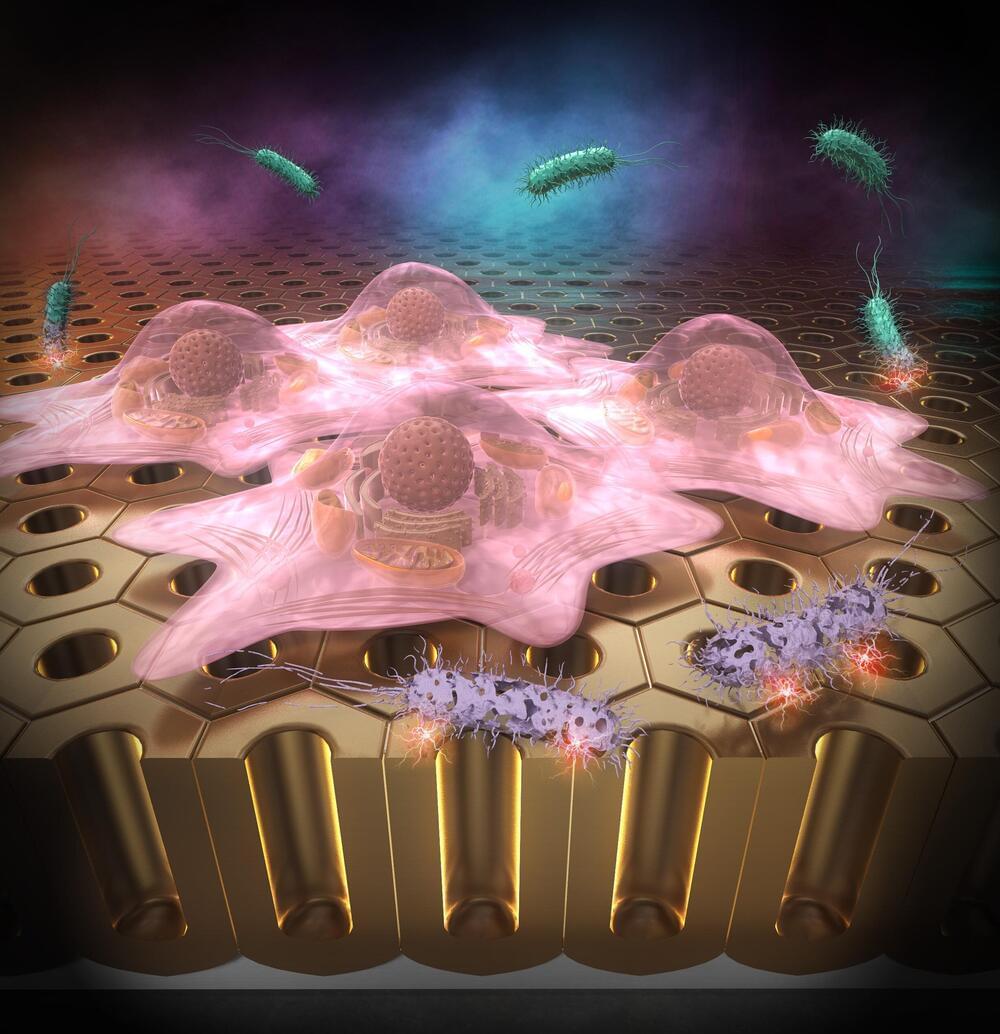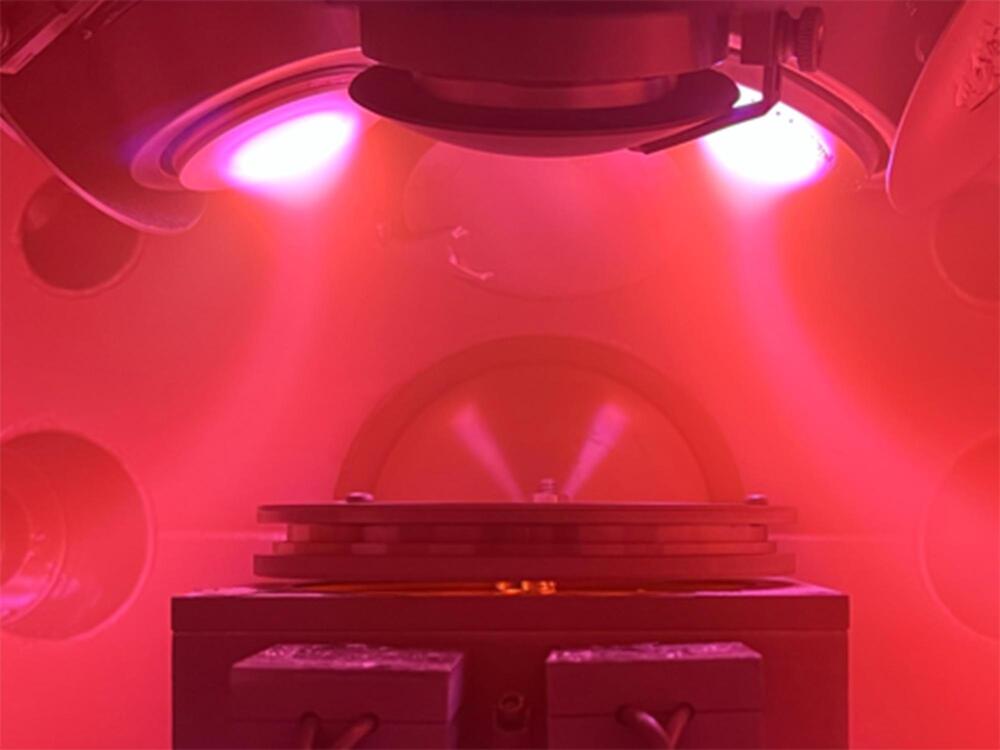International research team unveils the first electrically pumped continuous-wave semiconductor laser designed for seamless integration with silicon.
Scientists from Forschungszentrum Jülich (FZJ), the University of Stuttgart, the Leibniz Institute for High Performance Microelectronics (IHP), and their French partner CEA-Leti have successfully developed the first electrically pumped continuous-wave semiconductor laser made entirely from group IV elements, commonly referred to as the “silicon group” in the periodic table.
This innovative laser is constructed from stacked ultrathin layers of silicon-germanium-tin and germanium-tin. Remarkably, it is the first laser of its type to be directly grown on a silicon wafer, paving the way for advancements in on-chip integrated photonics. The research findings have been published in the prestigious journal Nature Communications.
